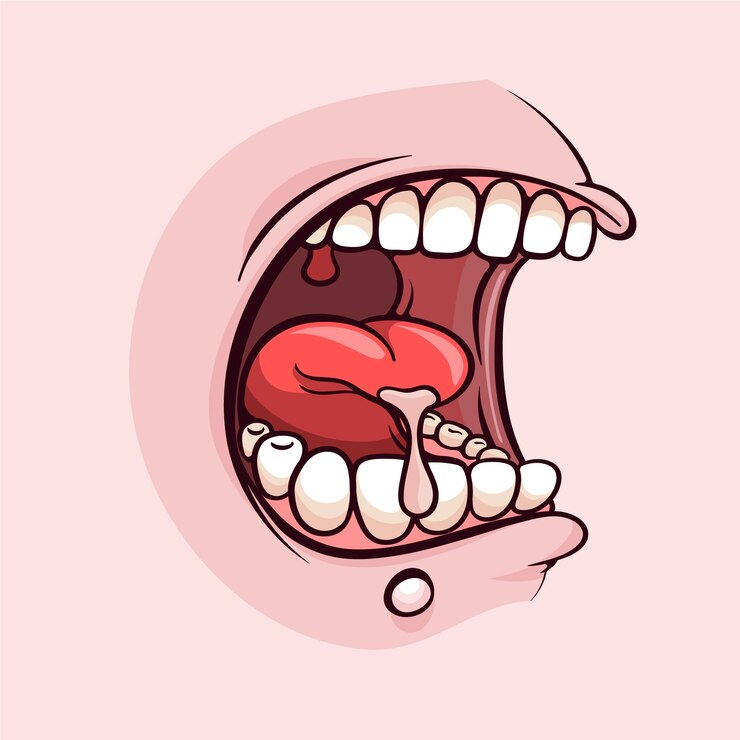
Types of Mouth Ulcers Associated with Cleft Palate: Recurrent Aphthous Ulcers, Traumatic Ulcers, and More
Living with a cleft palate or cleft lip comes with its own set of challenges, and dealing with mouth ulcers is one of them. But did you know that not all mouth ulcers are the same? In fact, there are different types of mouth ulcers that individuals with a cleft palate may encounter. Let’s explore some of these types and understand what sets them apart.
Recurrent Aphthous Ulcers
Recurrent aphthous ulcers, also known as canker sores, are one of the most common types of mouth ulcers. They typically appear as round or oval-shaped sores with a white or yellowish center and a red border. These ulcers can be quite painful and may recur frequently, making eating and talking uncomfortable.
Traumatic Ulcers
Traumatic ulcers, as the name suggests, occur as a result of physical trauma to the mouth tissues. Individuals with a cleft palate or cleft lip may inadvertently bite their lips or cheeks, especially if their dental alignment is affected. This can lead to the formation of ulcers at the site of injury, causing pain and discomfort.
Herpetic Ulcers
Herpetic ulcers are caused by the herpes simplex virus (HSV), the same virus responsible for cold sores. These ulcers typically appear as clusters of small, fluid-filled blisters that may burst and form painful sores. Individuals with a weakened immune system, such as those undergoing cleft palate surgery or treatment, may be more susceptible to herpetic ulcers.
Inflammatory Ulcers
Inflammatory ulcers can result from various inflammatory conditions affecting the mouth, such as inflammatory bowel disease (IBD) or Behçet’s disease. These ulcers are often larger in size and may be accompanied by other symptoms, such as swelling and redness of the mouth tissues.
Infectious Ulcers
Infectious ulcers are caused by bacterial, viral, or fungal infections in the mouth. Poor oral hygiene, compromised immune function, or the use of certain medications can increase the risk of developing infectious ulcers. These ulcers may appear as white patches or sores and can be painful or tender to the touch.
Managing Mouth Ulcers Associated with Cleft Palate
While dealing with mouth ulcers can be uncomfortable, there are steps you can take to manage them effectively:
- Maintain good oral hygiene by brushing and flossing regularly.
- Avoid foods that may irritate the mouth, such as spicy or acidic foods.
- Use topical treatments, such as oral gels or mouth rinses, to alleviate pain and promote healing.
- Consult a healthcare professional if mouth ulcers persist or become severe.
By understanding the different types of mouth ulcers associated with cleft palate and taking proactive steps to manage them, individuals can improve their oral health and quality of life.
To seek medical advice, always consult a Doctor. Here are our recommended EXPERTS. Click here
To read more on SKIN. Click Here


